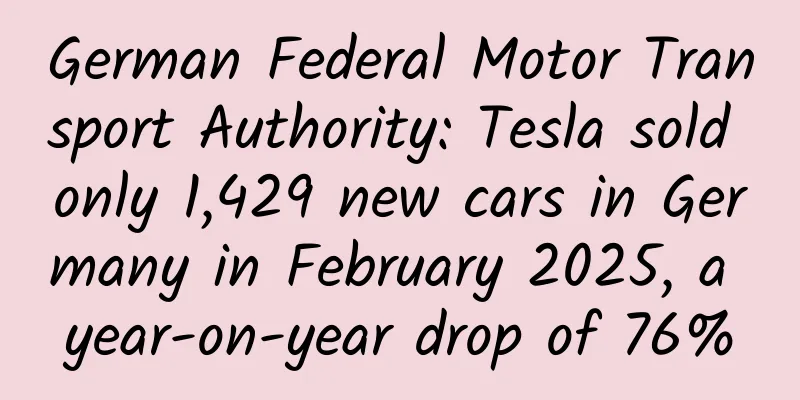“5G TV” brands lead TV shipment growth (Part 1)

|
Key Points
The success and development of Xiaomi's TV business in recent years has induced peers such as Huawei and OPPO to operate the TV business more seriously. Although they have been making plans for some time, they have not made any decisive actions to penetrate the market. This situation will change in the second half of 2020 , and more TV products will be launched on the market. Huawei and Xiaomi consider TV as a core product in their 5G ecological roadmap. Xiaomi, Huawei and OPPO can optimize their TV panel supply chain resources and benefit from their extensive user and channel base in the mobile field to drive their TV shipments in the next few years. In fact, Xiaomi's TV shipments in China are already among the best, and Huawei , a newcomer to the TV market , has also set a goal for its TV business, claiming to be among the top three in the world within three years. Recently, OPPO Group has set an aggressive TV shipment target for 2021 , focusing on its multiple sub-brands ( OnePlus , Realme and OPPO ) and value propositions to develop its TV business in the Indian market. Although 5G is not a display technology, the industry has been hoping that its widespread implementation will significantly stimulate the display market and provide various growth opportunities in the future. The most obvious driver for the display industry is that 5G will drive the replacement cycle in the smartphone market; as 5G is promoted, more people will need new smartphones. 5G is fast enough to stream high-resolution TV and video directly with quality similar to fixed-line networks. Consumers in countries like India are now using mobile networks instead of fixed broadband; consumers are connecting their phones to smart TVs. With 5G , consumers will buy more TVs without worrying about content delivery. While 5G may be the best way to deliver 8K content, the concept of an 8K+5G ecosystem also connects different aspects of people's lives with technology and products. However, how exactly this all works and how it adds value to our lives is not very clear at the moment. In addition, it is a challenge to highlight clear differentiation in this crowded TV market. Xiaomi has always positioned itself as an IoT company and has built the world's largest consumer IoT platform. In early 2020 , Xiaomi announced a 10 billion yuan investment plan for artificial intelligence Internet of Things ( AIOT ) over the next five years . TV is just one of its many smart hardware devices, driving its high cost-performance ( C/P ) value. Huawei is a strong leader in the information and communication technology infrastructure of 5G and multiple smart devices around the world. It plans to produce smart TVs featuring 5G . Honor ( a sub-brand of Huawei ) has a vision to not only release smart TVs at competitive prices, but also to revolutionize smart TVs into Internet TVs. Huawei calls it " the future of TV " . According to Huawei, its Honor smart TV will be a complete information center, not just a media center. Mobile phone brand TV manufacturers such as Huawei, Xiaomi, and OPPO will promote their smart TVs as supporting 5G in order to differentiate themselves from traditional TV brands in marketing. Xiaomi is now the clear leader in China, leaving very little room for others Xiaomi's 2020 LCD TV shipments and business plans by size and region
|
<<: SMMT: UK new car registrations fell 34.9% in June 2020
Recommend
Why do some people blink frequently while babies rarely blink?
Audit expert: Liu Dongbao Chief Physician of Opht...
Is it cheap to rent a BGP server room?
Is it cheap to rent a BGP server room? The BGP co...
Recently popular! This drink reduces fat, fights aging, protects cardiovascular system... But one type of people should be careful
After coffee, matcha has become a new favorite dr...
Android performance optimization: thoroughly understand the principles and optimization of memory leaks from the perspective of freeze and ANR
[[415143]] Preface JAVA programs should not have ...
Flaming lips and a small upturned nose, whose dream monkey is this?
Shiny dark brown hair, fair and delicate face, da...
Seven paradigms for programmers to post on WeChat Moments
[[222966]] The photo of Jack Ma and 13 top scient...
Bilibili (B station) product operation analysis
As a content community that started out by relyin...
As the weather gets warmer, why do small flying insects "prefer" people wearing brightly colored clothes?
□ Science Times reporter Hu Lijuan As the weather...
Visit the critically endangered species - black bush-tailed monkeys and cotton-top tamarin cubs
On December 16, at the "Ape Universe" m...
Known as the "Chinese version of the Nobel Prize" is here! These scientists won the 2024 Future Science Prize
The Future Science Prize Committee announced the ...
Android 12 details improvements: new chip in the status bar can display call duration
Android 12 has made a major redesign of the user ...
Which of the weird courtship behaviors in the animal world breaks your imagination?
Spring has come, everything is reviving, and it i...
Is shoulder pain caused by frozen shoulder? It may also be related to these 6 diseases! Don't take it lightly!
"Doctor, I have had severe shoulder pain rec...
Unpopular and side business projects that can make huge profits. What are some good unpopular business projects?
What is the most valuable thing on the Internet? ...
Super Fans Pass | Is Super Fans really useful? Here are four early adopter cases, and the data speaks for itself!
1. Added advertising types, you can choose market...









